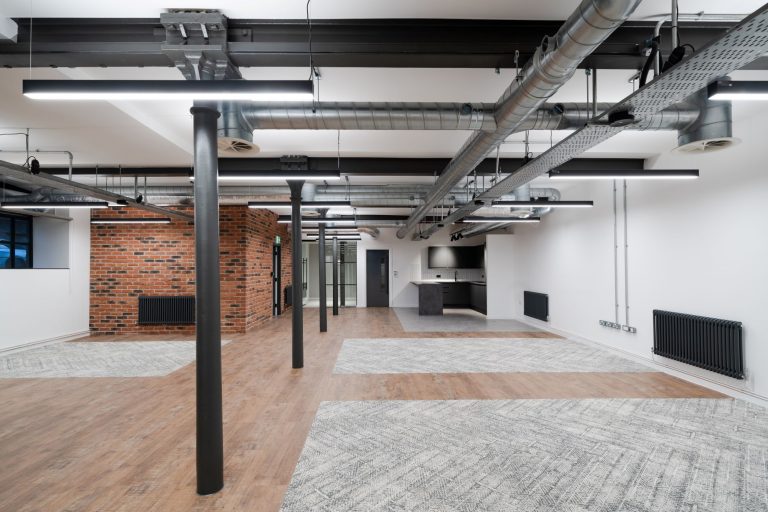Thinking Manchester – St John’s Quarter
Neil Tague | 22 May 2015
The growth of city living over the last 20 years is a well-told tale: how in Manchester, a city centre population of a few hundred in 1990 became 12,000 by the 2001 census, a number that continues to rise – the amount of people aged 20-30 living in the city as a whole increased by more than 50% in the decade to 2012.
For some time now, those who think about Manchester’s future have talked about the need for a more mature city living model, so that it wasn’t just something for young professionals to do for a few years before accepting reality and moving out to the suburbs.
Now Allied London has manage to acquire the old Granada Studios site and advance plans for the St John’s Quarter, Manchester might stand a chance of becoming the first regional city to really crack the code. In the Thinking Manchester session here, Mike Ingall talks of “disrupting” the market, in a wider sense than simply having better places to live than rival schemes a few streets away.
Can St John’s Quarter do this? I think it can. The idea of innovation districts developed by civic policy guru Bruce Katz was taken on in our debate by Thom Hetherington as something that “could only be in Manchester and should only be in Manchester” and this is the crux – to leverage the heritage of a truly world-pioneering TV station. There’s also the matter of blending in with the city, and the chance to join that modern success story Spinningfields to the wonderful heritage assets around Liverpool Road: MOSI, the world’s first railway station on Liverpool Road, Castlefield’s blend of Roman and Industrial Revolution-era assets, is a thrilling one.
Projects of this scale have to be planned minutely, but they don’t have to look like they’ve been planned – the value here will be in organic growth, the development of personal and commercial links to form a neighbourhood, and that’s why having creative businesses around the place, the likes of Echo, represented here by Helen Partridge, and Journey 9, represented by Laura Wolfe, is important. Companies who inherently understand the value in creating a buzz, sharing, collaboration – these are all big business buzzwords right now, but they’re all true of neighbourhood creation. And as OBI’s Emma Powell notes, it’s not so much what you do, as the way you do it – small, hungry start-ups keen to be a part of something will drive this, with lawyers as welcome as app developers (just leave the ties in the office).
The opportunity is there to add something of real quality to a historic part of the city. Not only that, it can bring into the public domain something that has been a huge contradiction – Coronation Street, after the city’s football teams and bands, is Manchester’s biggest global brand, but it and the whole world of Granada was always shut off from the city that spawned it. Times change and Manchester, a masterful reinventor of space when it puts its mind to it, can use this opportunity to take St John’s Quarter from strength to strength.


